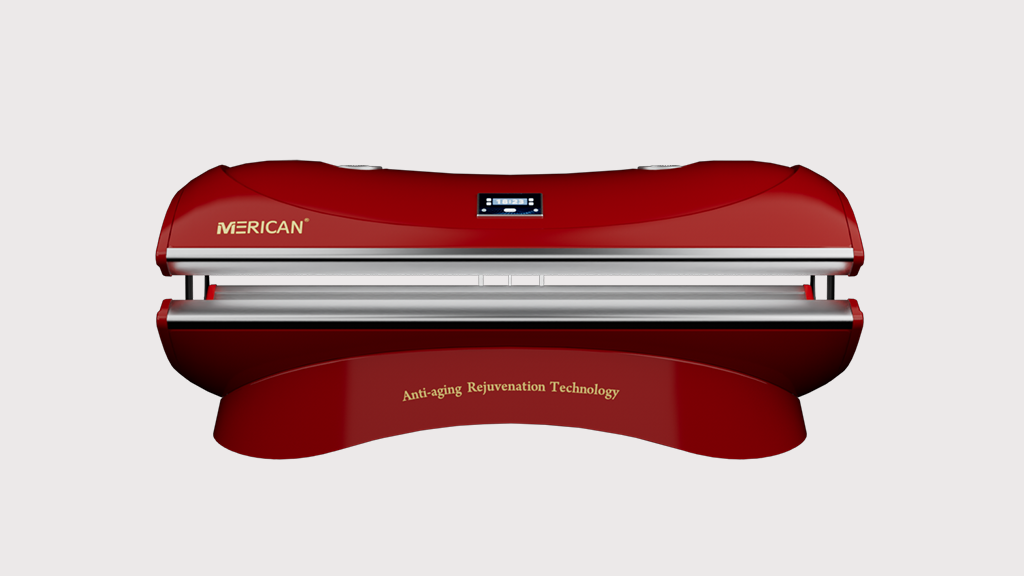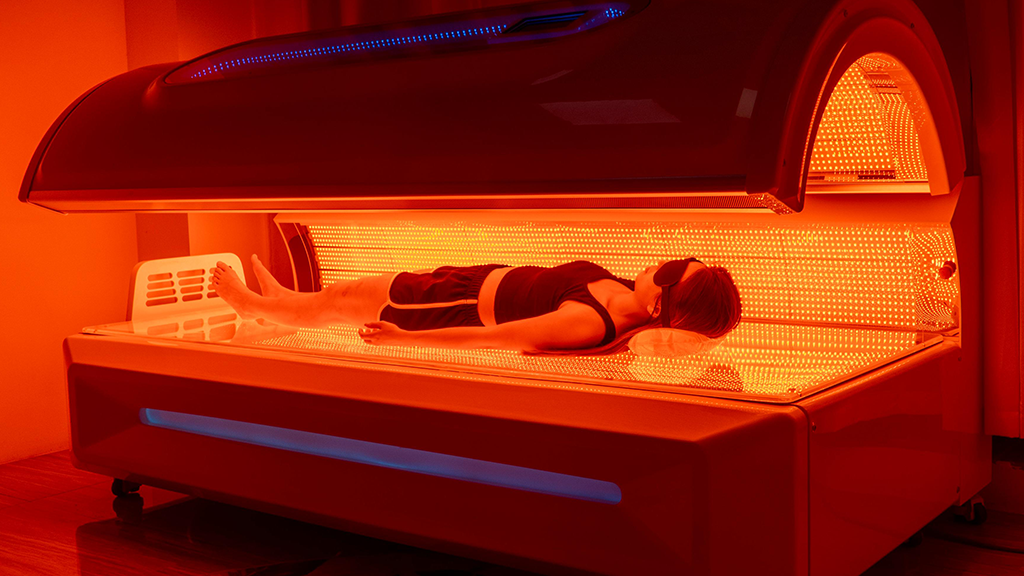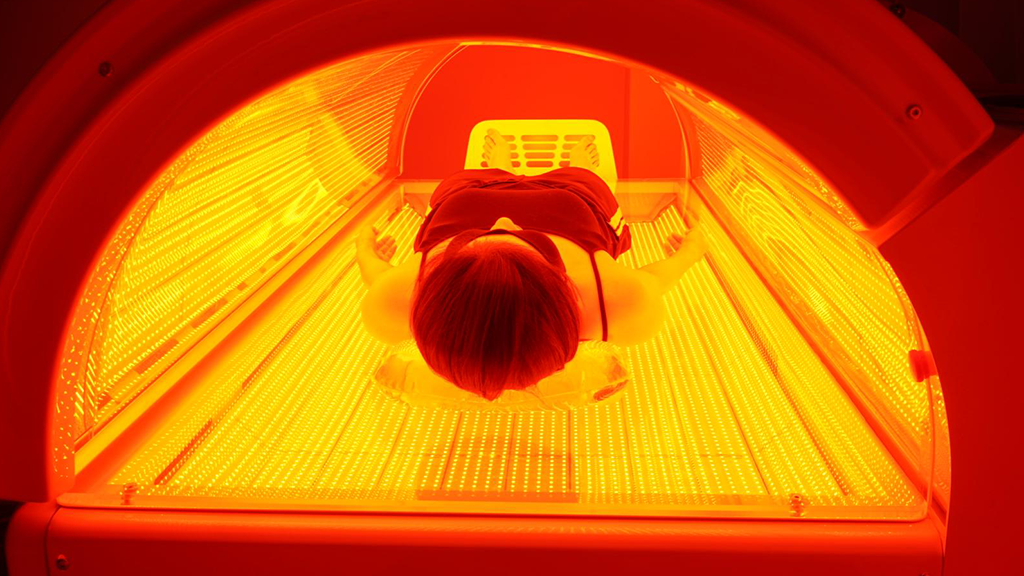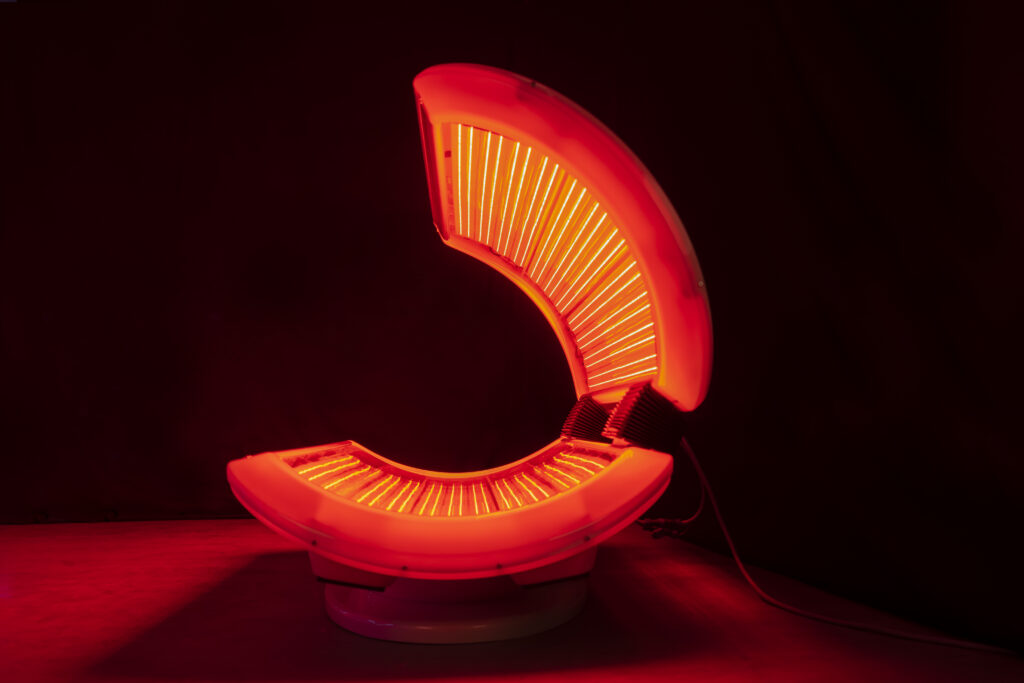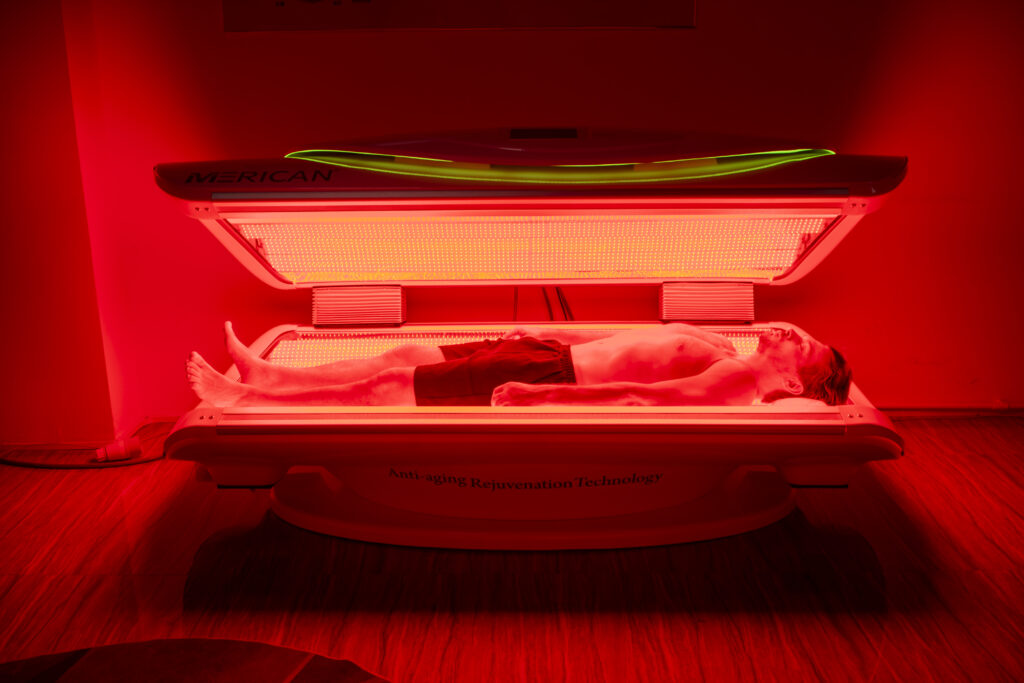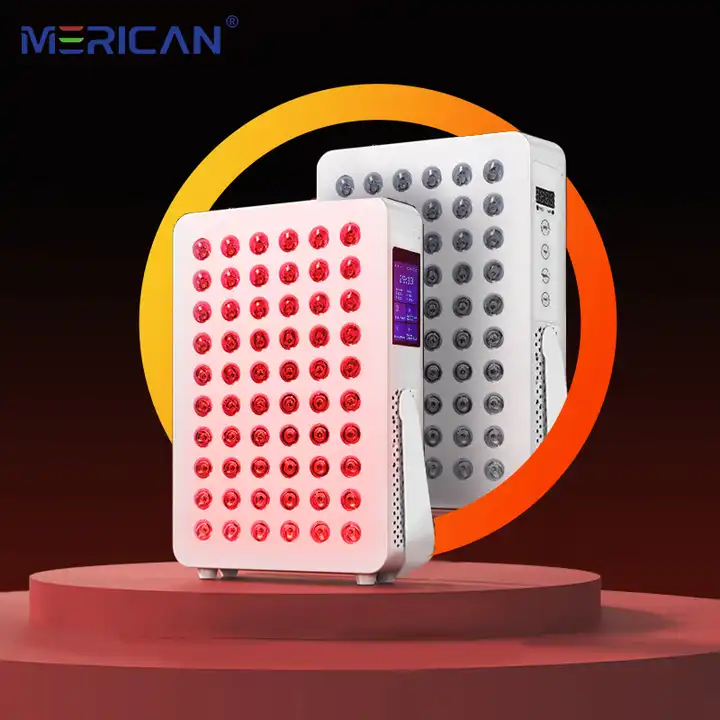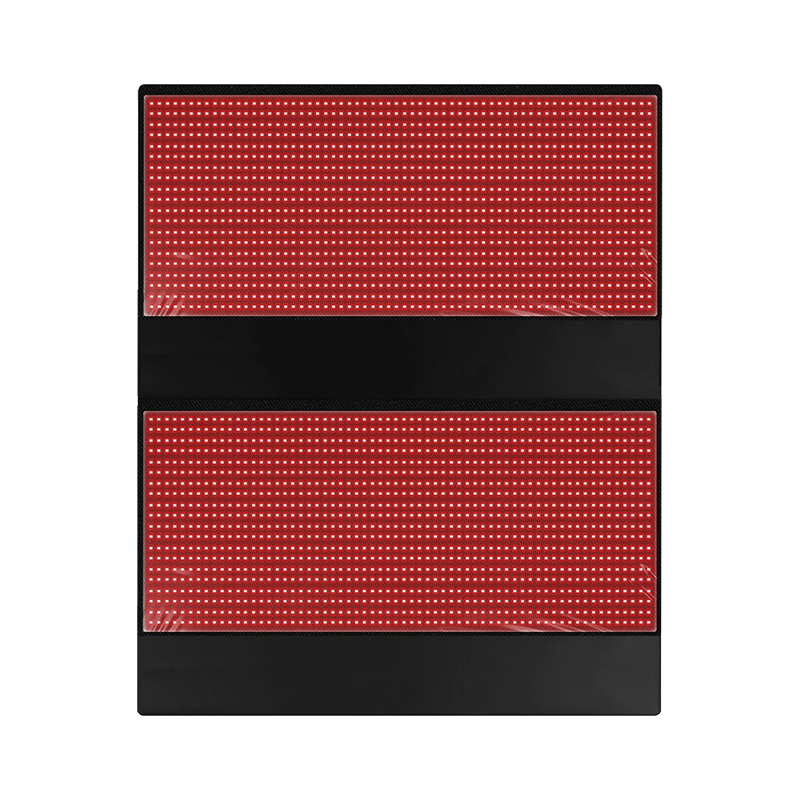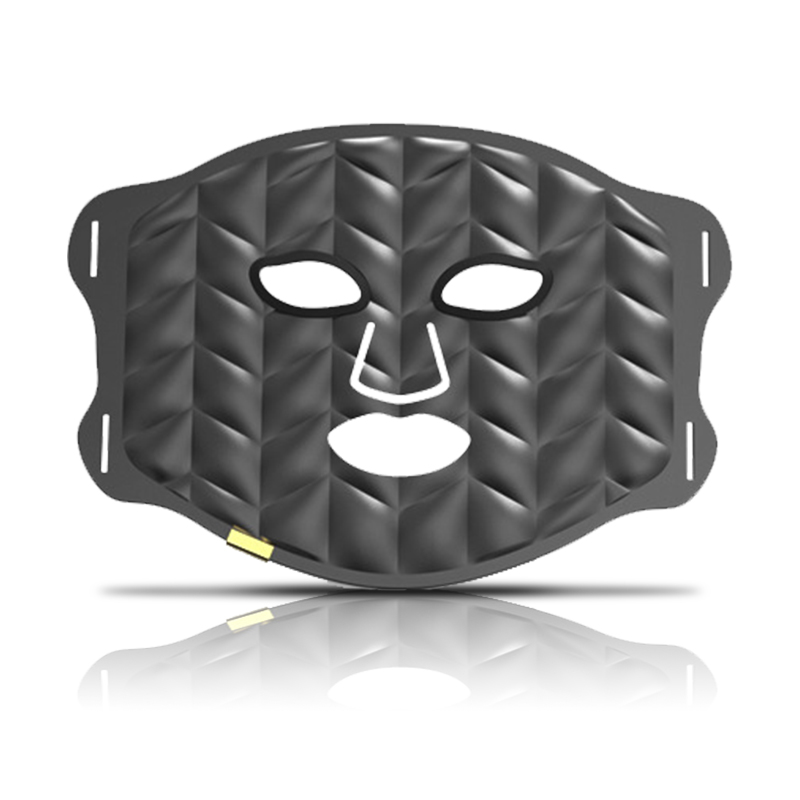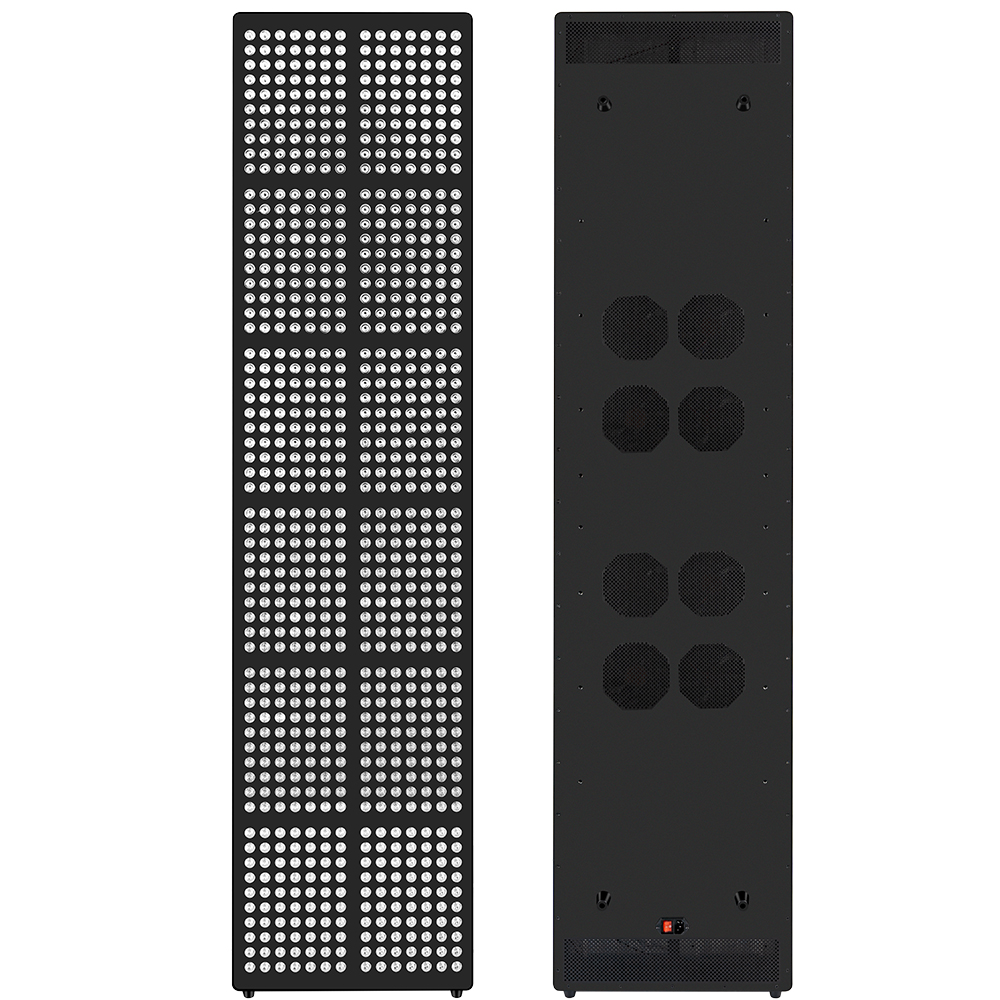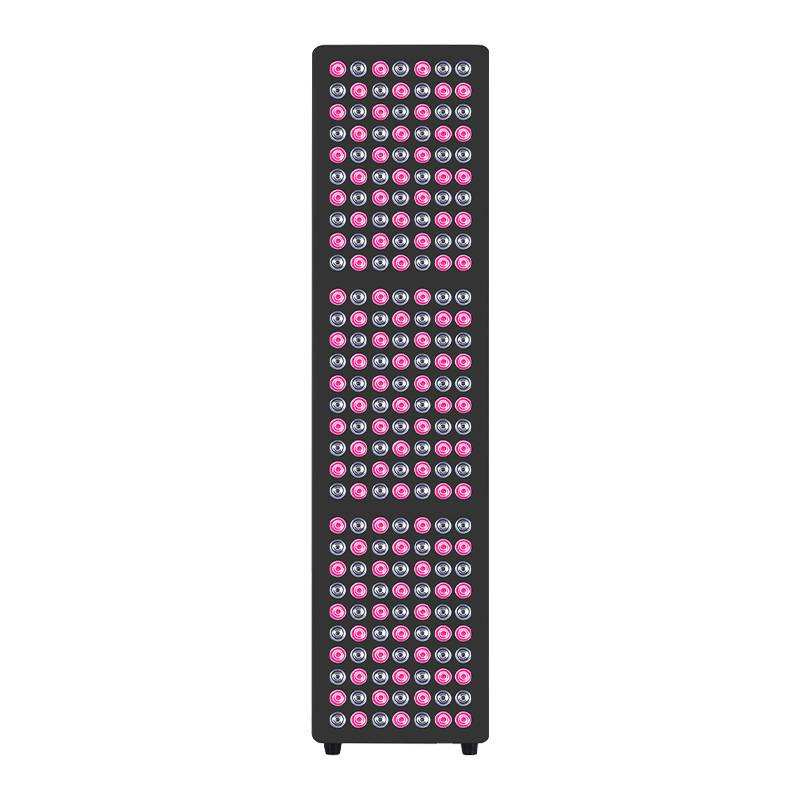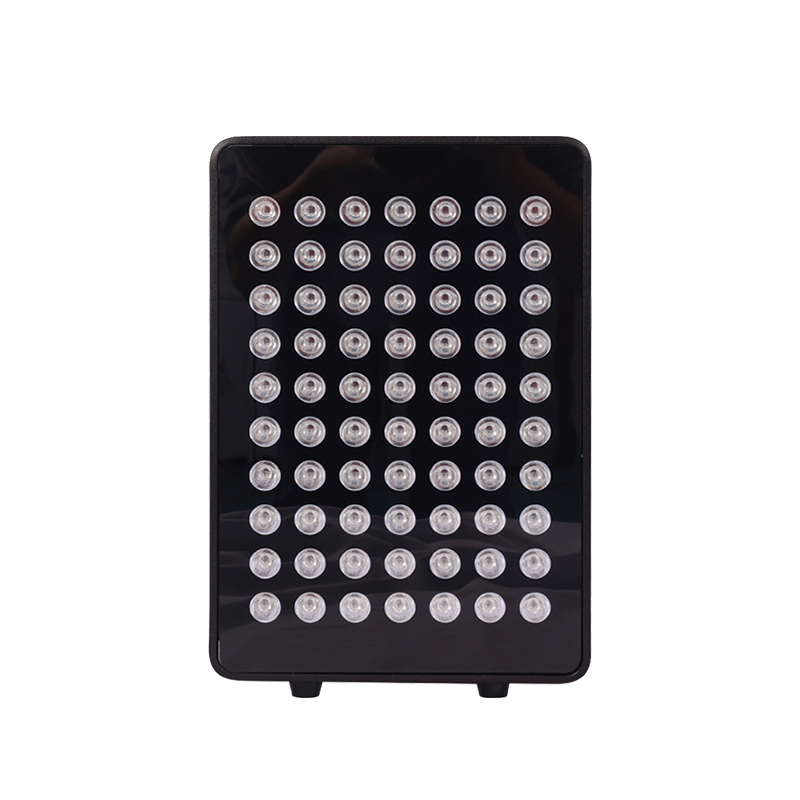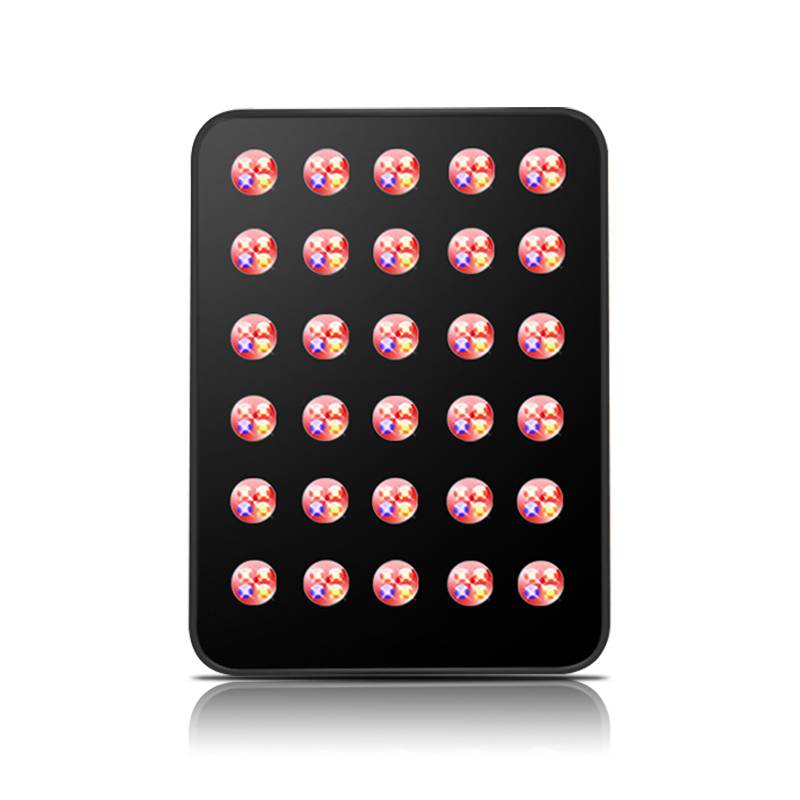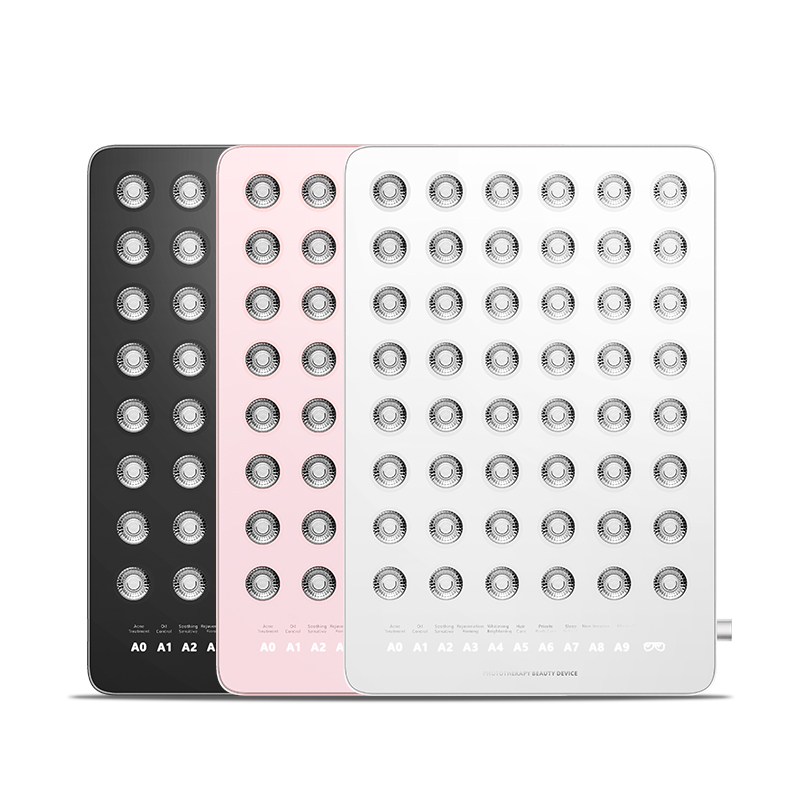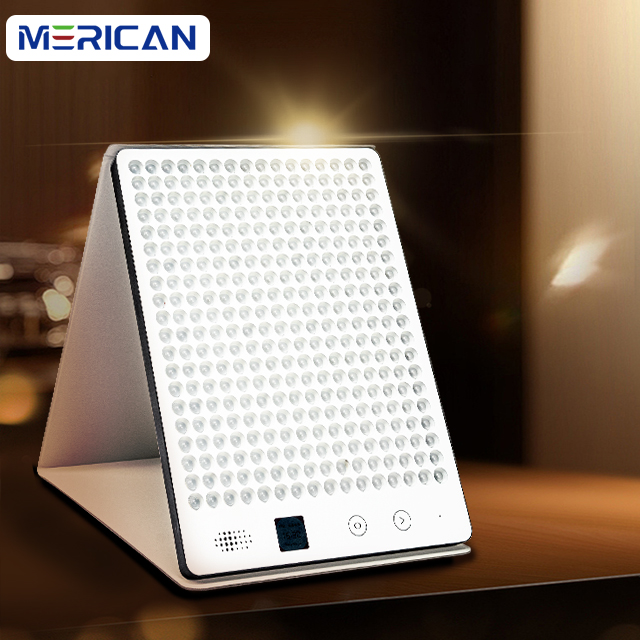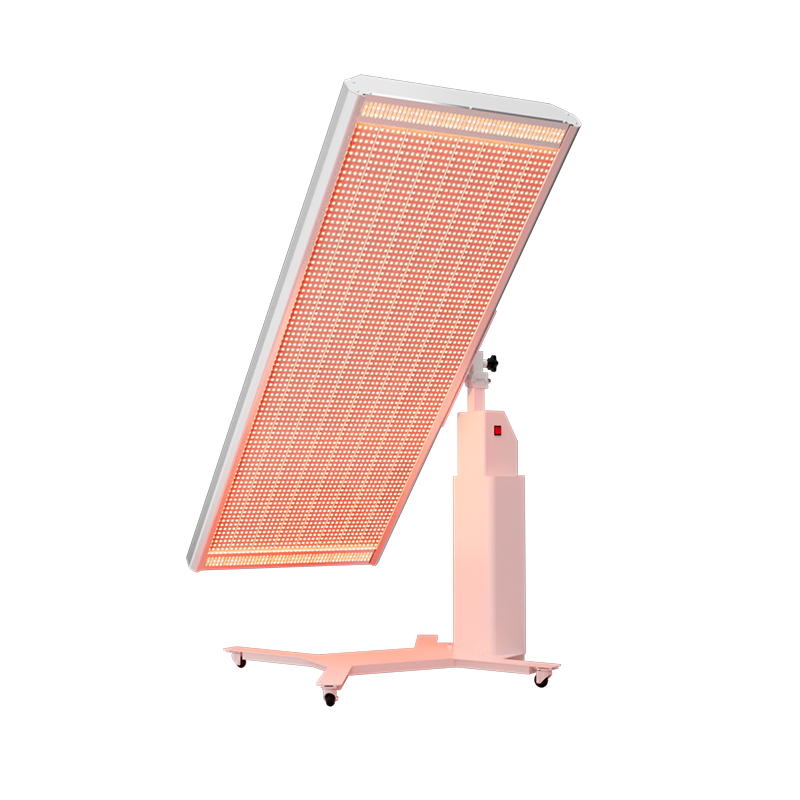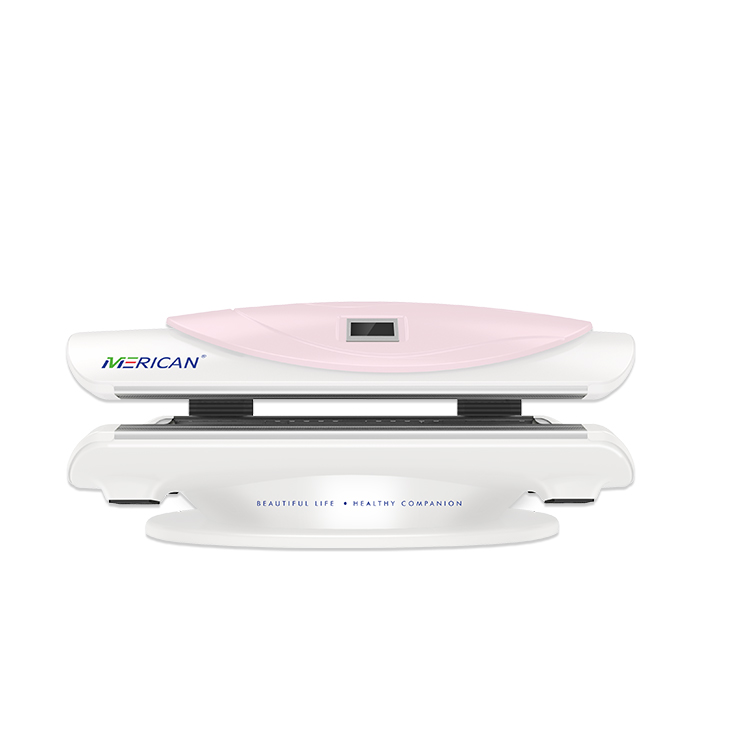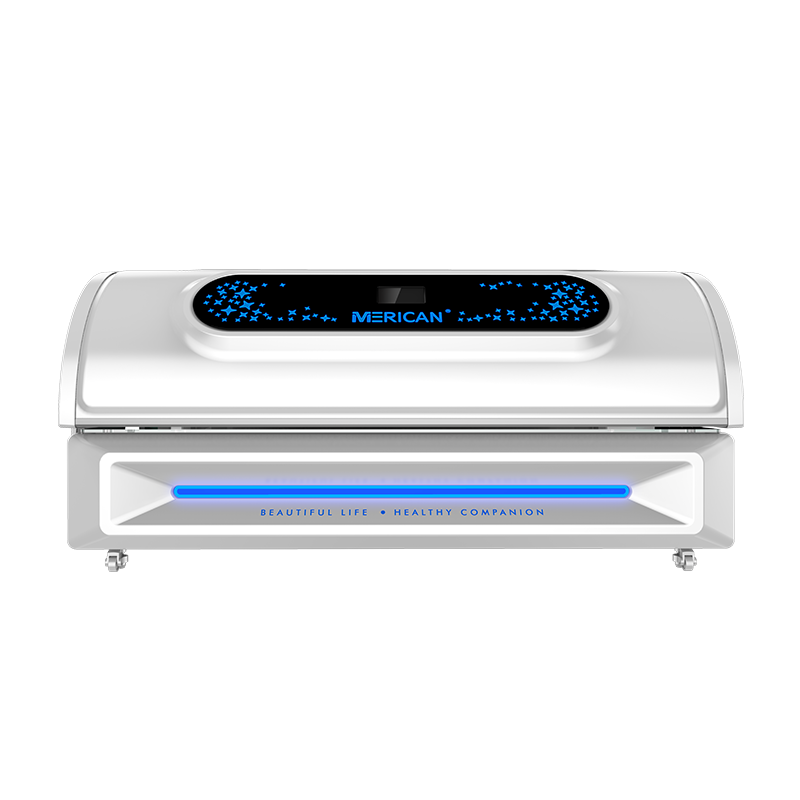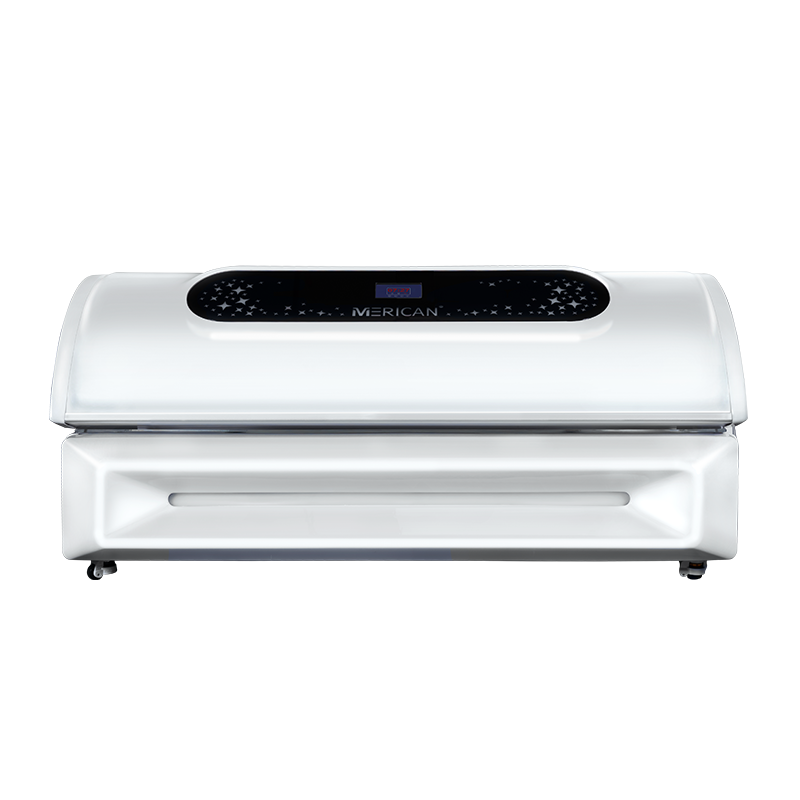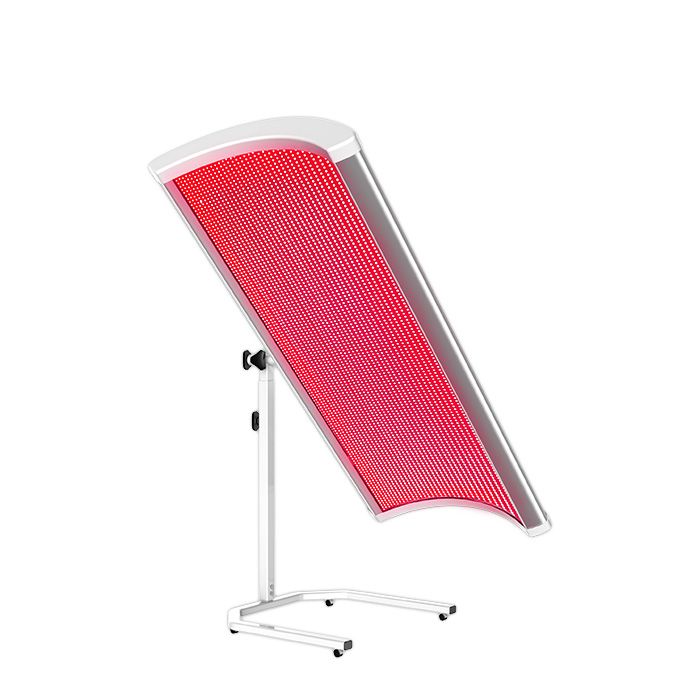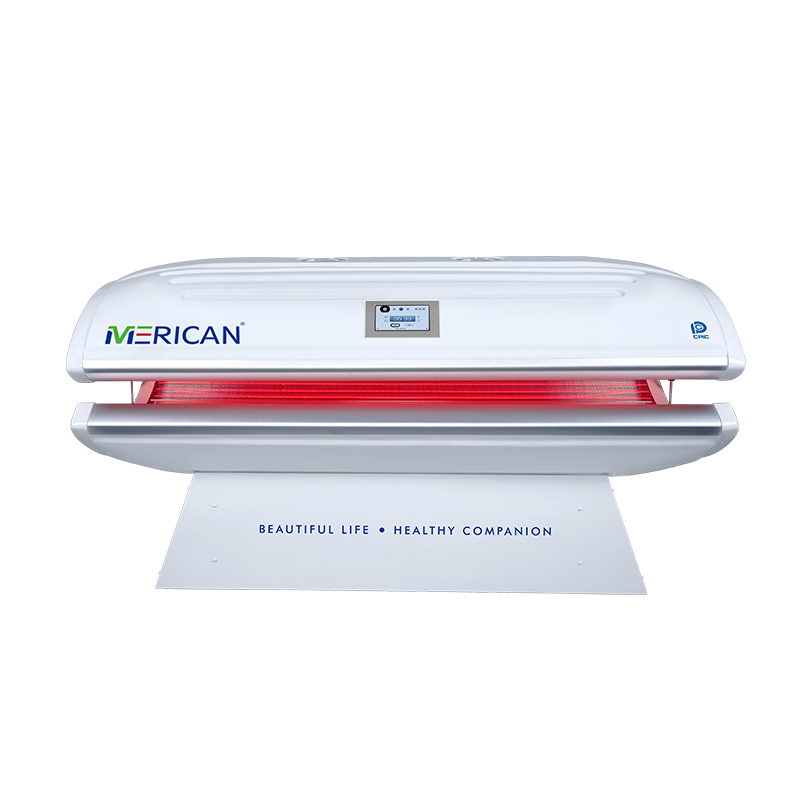La thérapie par la lumière rouge est-elle bonne pour l'ostéoporose?
Introduction
Osteoporosis is a common condition that weakens bones, making them fragile and more prone to fractures. It often affects older adults, especially women after menopause. Traditional treatments include medication, exercice, and calcium or vitamin D supplements. But in recent years, thérapie par la lumière rouge (RLT) — also known as thérapie par photobiomodulation (PBM) — has gained attention as a non-invasive way to support bone health and help prevent bone loss.
Comment fonctionne la thérapie rouge
Utilisations de la thérapie par la lumière rouge longueurs d'onde spécifiques de la lumière rouge et proche infrarouge (généralement 630 à 850 nm) pénétrer profondément dans les tissus. These wavelengths are absorbed by mitochondria — the “powerhouses” of your cells — and trigger biological processes that can stimulate repair, réduire l'inflammation, and enhance cell metabolism.
For bone health, this means red light may help:
- Boost osteoblast activity, the cells responsible for building new bone tissue.
- Reduce osteoclast activity, the cells that break down bone.
- Improve blood flow to bone tissue, enhancing nutrient and oxygen delivery.
- Reduce inflammation and oxidative stress, both of which contribute to bone degeneration.
Preuve scientifique
Although red light therapy cannot “cure” osteoporosis, studies suggest it can support bone regeneration and healing:
- Animal studies have shown that near-infrared light (autour 808 nm) peut increase bone density and improve fracture healing in osteoporotic rats.
- In vitro studies (on bone cells) found that red light exposure enhances osteoblast proliferation and collagen production, both critical for bone strength.
- Some early clinical trials report that photobiomodulation may accelerate recovery after fractures or orthopedic surgeries, especially in older adults.
These findings suggest that cohérent, controlled use of red light therapy could complement traditional osteoporosis treatments by promoting bone metabolism and healing.
How to Use Red Light Therapy for Bone Support
For osteoporosis or general bone health, full-body red light therapy beds or localized panels can be used several times per week. Les séances durent généralement 10–20 minutes, with light intensity and wavelength adjusted based on the device and target area.
MERICAN’s professional red light therapy systems use medical-grade wavelengths and uniform energy output, ensuring sûr, deep tissue absorption suitable for wellness and rehabilitation purposes.
Sécurité et précautions
La luminothérapie rouge est non-invasif, sans drogue, and UV-free, le rendant sûr pour la plupart des utilisateurs. Cependant:
- It should not replace prescribed osteoporosis medications.
- Les gens avec cancer, pregnancy, or light sensitivity disorders devrait consulter un médecin avant utilisation.
- Always follow device instructions and recommended exposure times.
Conclusion
While red light therapy is not a cure for osteoporosis, growing research shows it can be a powerful supportive tool. By improving circulation, stimulating bone-forming cells, et réduire l'inflammation, it may help slow bone loss and enhance recovery from fractures.
For individuals seeking a non-invasive way to complement traditional osteoporosis management, red light therapy offers a safe and science-backed option worth considering.

